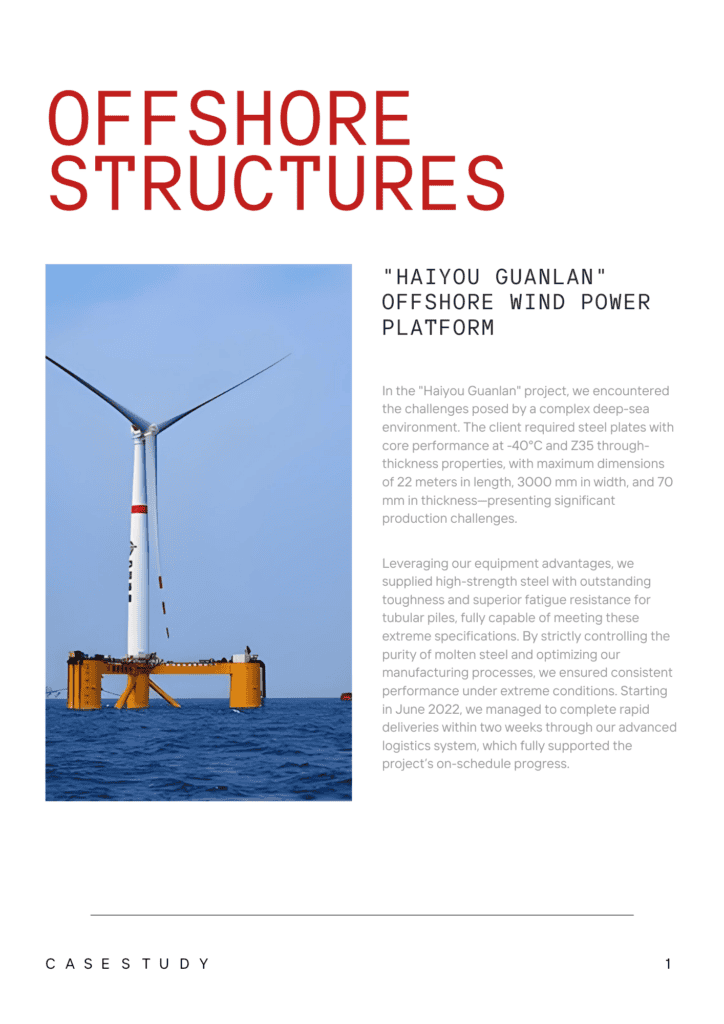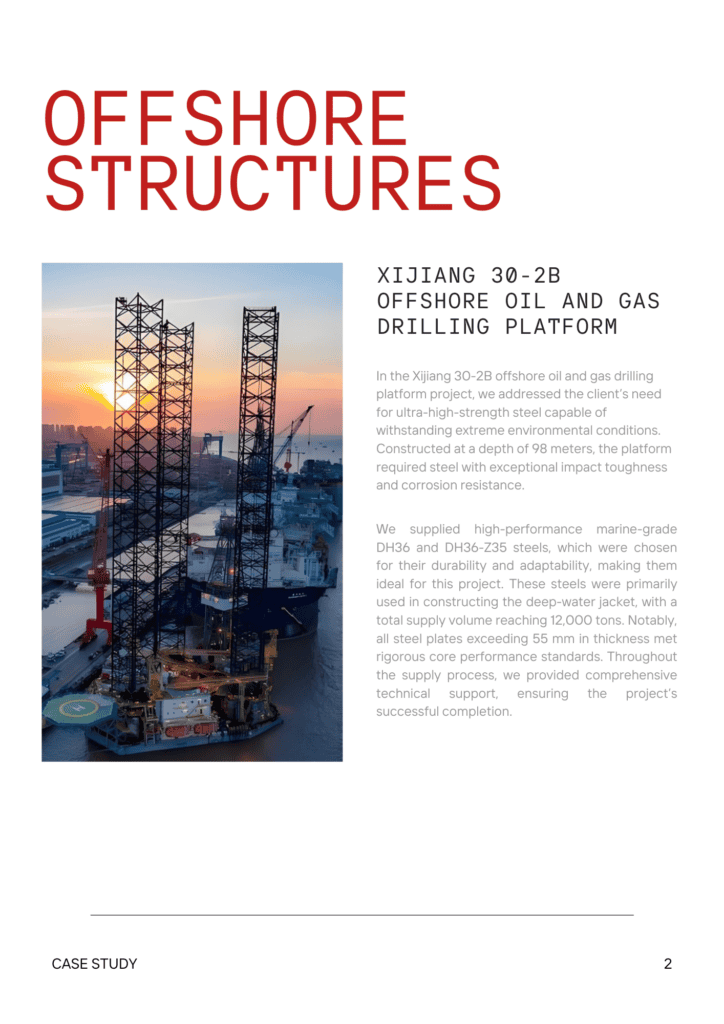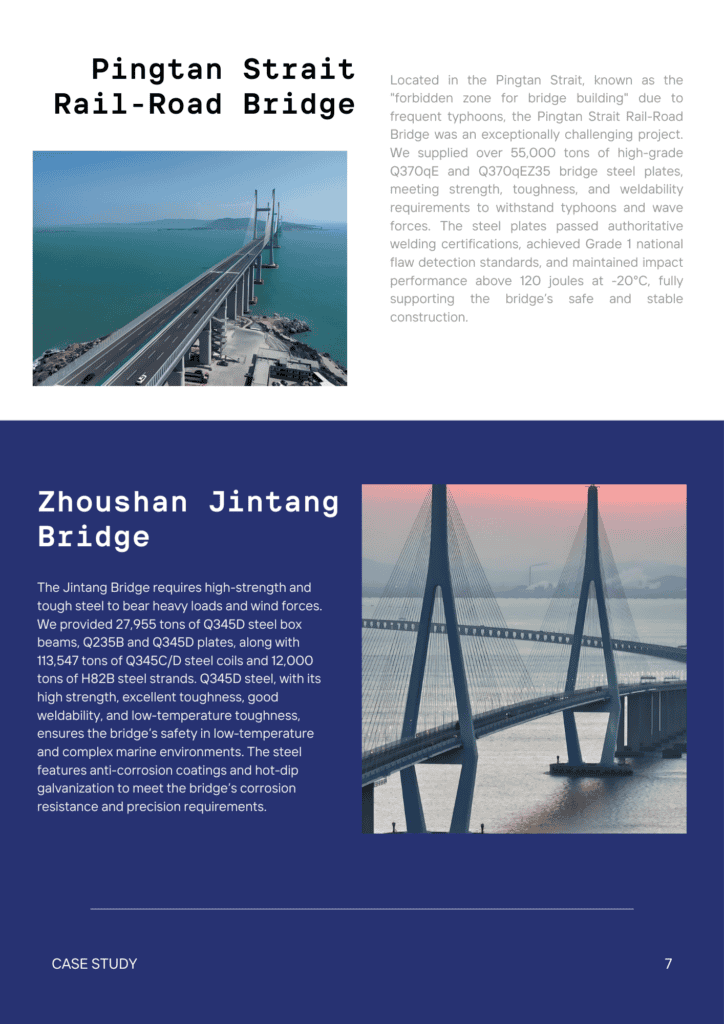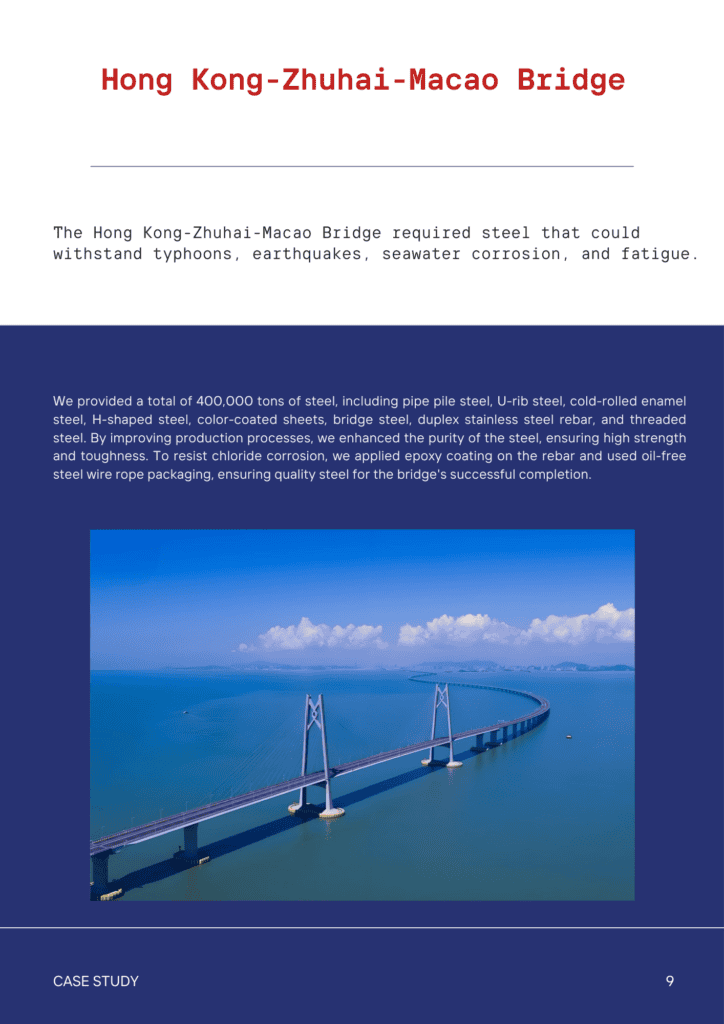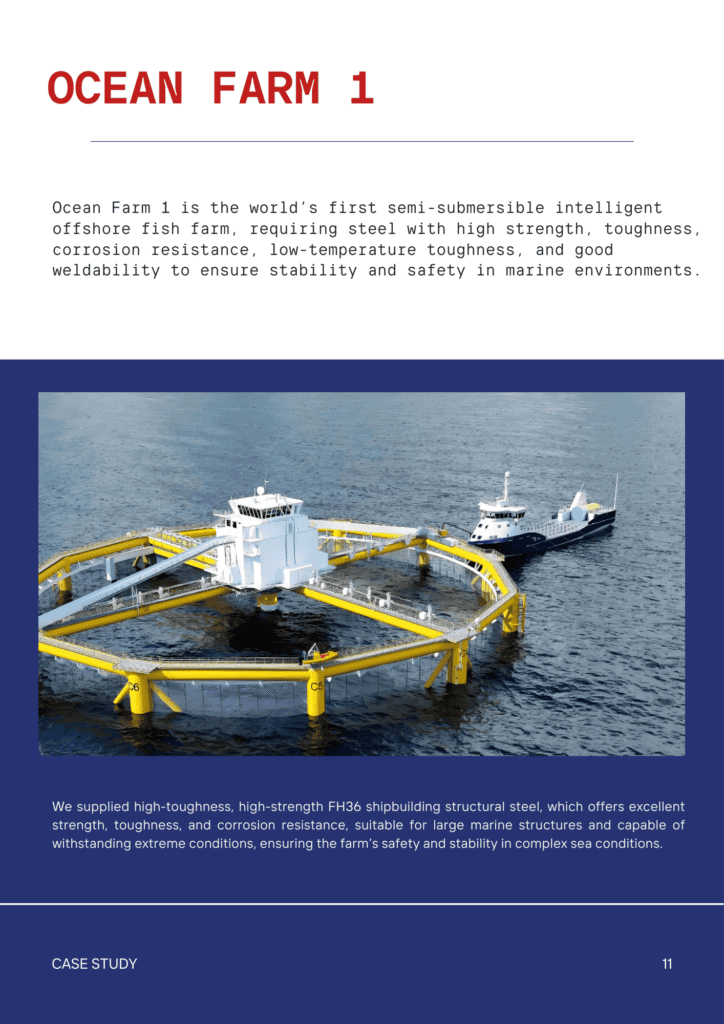Содержание
Является ли оцинкованная сталь электропроводной?
- Джон

Yes, galvanized steel is conductive. Its conductivity mainly depends on the steel core, as the galvanizing process generally doesn’t alter the steel’s conductivity. However, galvanized steel is less conductive than high-conductivity metals like copper or aluminum, making it suitable for applications needing moderate conductivity and corrosion resistance.
In this article, we’ll explore what conductivity means, the factors affecting galvanized steel, and its practical uses. Ready to see where galvanized steel’s conductivity fits? Let’s dive in.
What Is Conductivity in Metal?
Conductivity is how well a metal lets electric current flow through it. Metals like copper, with high conductivity, are great for wiring, while galvanized steel, with moderate conductivity, is perfect for grounding and structural uses thanks to its strength and resistance to corrosion. Conductivity is measured in Siemens per meter (S/m) or by resistance, which helps us choose the right materials for everything from electronics to construction to automotive.
Is Galvanized Steel an Insulator?
No, galvanized steel is not an insulator. Its steel core conducts electricity effectively, and the zinc coating does not hinder conductivity. The zinc layer primarily prevents corrosion, not insulation.
Factors Affecting the Conductivity of Galvanized Steel
1. Толщина цинкового покрытия
Thicker zinc layers increase resistance, reducing conductivity. While it protects steel, excess coating may hinder current flow. SteelPRO Group’s galvanized steel is coated according to strict industry standards, ensuring consistent quality and preventing excessive coating that could impact conductivity.
2. Steel Composition
Higher carbon content (above 0.3%) and alloying elements reduce conductivity by disrupting electron flow in the steel’s lattice.
3. Temperature
As temperature rises, conductivity tends to decrease. Higher temperatures cause more electron scattering, making it harder for current to flow. Typically, at temperatures above 100°C, the decrease in conductivity becomes more noticeable.
4. Surface Condition
Oxidation or contamination on the steel’s surface raises resistance, reducing conductivity and limiting efficiency.
5. Microstructure
The grain size and structure of galvanized steel play a big role in conductivity. Finer, uniform grains allow electrons to move more freely, improving conductivity. Larger or irregular grains can create barriers that hinder the flow of electricity.
6. Zinc Purity and Quality
The purity of zinc matters—higher-purity zinc leads to better conductivity. Impurities like iron or lead in the zinc coating can increase resistance, reducing the efficiency of current flow and affecting overall performance.
7. Cold Working
Cold working, like bending or hammering, distorts the metal’s structure. These changes create obstacles that make it harder for electrons to move, increasing resistance and reducing conductivity.
8. Heat Treatment
Proper heat treatment can improve conductivity by reducing internal stresses and dislocations, allowing smoother electron flow.
Applications Where Conductivity of Galvanized Steel Matters
Electrical Grounding Systems
Grounding rods, conduits, clamps, grounding busbars, connectors, earthing strips, bonding jumpers—critical for current flow and safety in electrical setups.
Transmission Towers and Poles
Transmission poles, grounding plates, crossarms, mounting brackets, support beams, grounding lugs, tower bases—essential for reliable high-voltage power transmission.
Telecommunications Infrastructure
Signal grounding plates, antenna mounts, equipment cabinets, grounding bars, junction boxes, cable trays, grounding connectors—ensuring conductivity and stability in telecom networks.
Automotive Electrical Components
Battery connectors, grounding straps, battery holders, fuse boxes, electrical housings, wire harnesses, chassis grounding points—vital for stable electrical performance in vehicles.
Renewable Energy Systems
Solar panel frames, grounding rails, wind turbine grounding plates, mounting structures, inverter enclosures, lightning protection rods, grounding cables—used to maintain conductivity in solar and wind installations.
Comparison with Other Metals in Terms of Conductivity
- Copper vs. Galvanized Steel: Copper is much more conductive, and ideal for electrical wiring; galvanized steel is preferred where durability matters.
- Aluminum vs. Galvanized Steel: Aluminum is more conductive and lighter, suitable for overhead power lines, while galvanized steel is stronger and corrosion-resistant.
- Stainless Steel vs. Galvanized Steel: Stainless steel has lower conductivity due to alloying, but excels in corrosion resistance for non-conductive applications.
- Mild Steel vs. Galvanized Steel: Mild steel has slightly better conductivity but lacks corrosion protection, making galvanized steel better for outdoor uses.
- Galvanized Steel vs. Copper-Aluminum Alloys: Copper-aluminum alloys offer better conductivity than galvanized steel but lack its durability and resistance to corrosion in harsh environments.
Is Galvanized Steel an Effective Grounding Conductor?
Yes, galvanized steel can be used as a grounding conductor. While its conductivity is lower than copper or aluminum, it offers strength and corrosion resistance, making it durable in harsh environments. It’s commonly used in grounding systems where structural integrity and longevity are key. For applications requiring minimal resistance, copper or aluminum may be preferred.
Can Galvanized Steel Be Used in High-Resistance Grounding Systems?
Galvanized steel can be used in high-resistance grounding systems, though it’s not the ideal choice for precise applications that require stable, consistent conductivity. Its conductivity can vary due to factors like the thickness of the zinc coating, which can affect its performance in high-resistance setups. Materials like copper or aluminum are typically preferred for systems where consistent, low resistance is critical.
Is Galvanized Steel Effective for Lightning Protection?
For lightning protection, galvanized steel can be effective if used with proper sizing, grounding, and installation. Ensure the steel conductor has enough cross-sectional area to handle the current, is securely grounded to a low-resistance earth connection, and is free from corrosion. Regular maintenance is crucial to ensure the system remains functional and safe over time.
Looking for a Galvanized Steel Supplier with Excellent Conductivity?
Galvanized steel provides reliable, moderate conductivity, making it a great choice for grounding, structural supports, and telecom infrastructure. SteelPRO Group offers a wide range of изделия из оцинкованной стали, включая A36 galvanized steel wire, which is ideal for grounding applications. We also provide many other galvanized steel options, all backed by expert technical support and top-notch product quality. Contact us today for competitive quotes and fast delivery!




